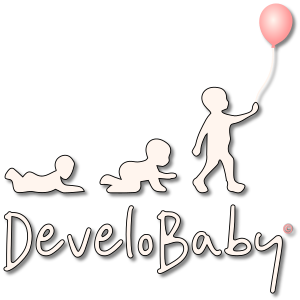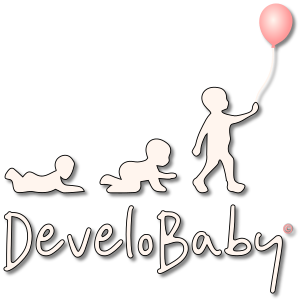
Motor Development for Joy of Movement!
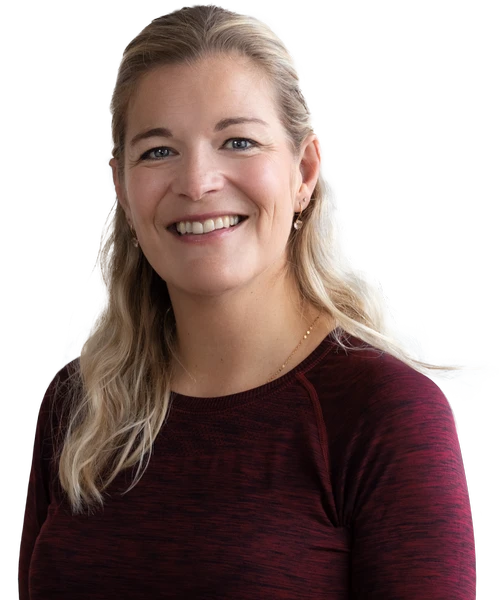
Motor Development and Pediatric Physical Therapy
Pediatric Physical Therapy is an active, parent-involved, evidence-based approach to physical and sensory challenges in children. A pediatric physical therapist uses science and a thorough functional analysis to determine the cause of a child’s motor challenges. Once the cause is identified, it can be targeted with individualized exercises until the child’s body and nervous system adapt. The goal of pediatric physical therapy is to increase the child’s enjoyment and freedom of movement. Joy of movement is built when a child can freely use his or her body and participate in activities on an equal basis with other children.
Pediatric Physical Therapy is obviously not a quick fix, but it has a lasting effect as the muscles and nervous system (re)learn optimal movement patterns. Babies are born on a “motor track” that takes them through a series of motor development milestones. However, some babies are “derailed” from this motor development track due to things like preferred side, back dominance, tension, prematurity, low muscle tone, or other issues. Pediatric Physical Therapy is all about helping the child get back on track so that subsequent milestones are met and the child regains a strong foundation for further motor development. To that end, I have developed specific exercise programs that include simple, everyday exercises to help your child back on the motor development track. And when the body is functioning as it should, enjoyment of movement, social participation and health are positively affected.
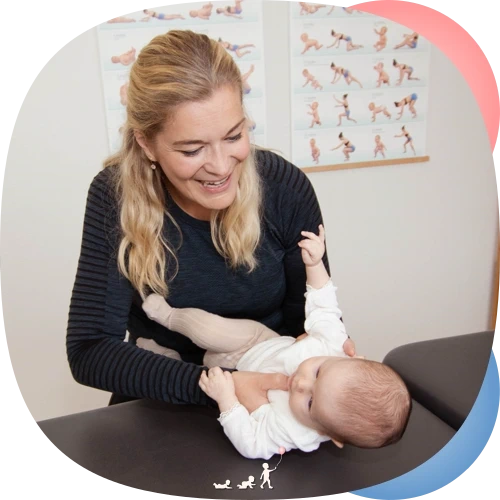
Sensory Integration
Sensory Integration is an important part of Pediatric Physical Therapy. I have a special interest in this topic, both as a mother of a child with sensory integration challenges and as a Pediatric Physical Therapist. As a mother, I have used Sensory Integration exercises on a daily basis with my son for years, and as a Pediatric Physical Therapist, I have taught countless parents how to implement sensory integration exercises in their daily lives. Sensory Integration training is very important for children with ADHD, ADD, anxiety, autism or other diagnoses if the child is sensory seeking or -avoiding. (often as part of a multidisciplinary approach)
Injuries
Prior to training as a Pediatric Physical Therapist, I was a general Clinical Physical Therapist for 15 years. During these years I received extensive training in sports injuries, functional analysis, dynamic stability, neck and back problems and differential diagnosis. Therefore, I have a relevant educational profile to help children with various injuries.
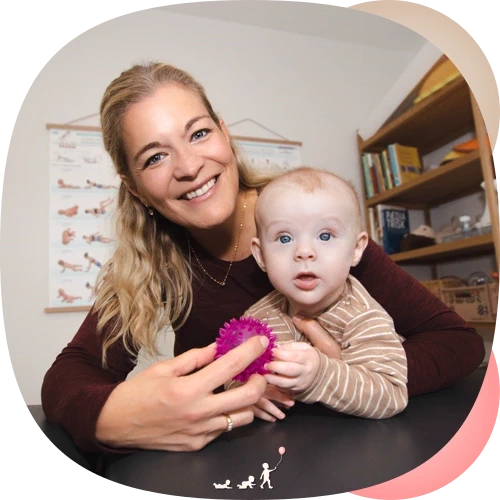
Examples where Pediatric Physical Therapy is relevant:
- Flat head (brachycephaly)
- Asymmetrical head shape / One-sided flat head (plagiocephaly)
- Preferred side / side preference
- Back-arching /back dominance
- C-shape / banana shape (body bent sideways like a C)
- Tummy time challenges
- Twisted neck (congenital muscular torticollis)
- Premature birth
- Low muscle tone / floppy baby (hypotonia)
- Delayed motor development
- Asymmetrical motor development
- Fussiness / colic
- Motor restlessness
- Congenital clubfoot
- Impaired balance
- Clumsiness / motor insecurity
- Hypermobility
- Growing pains
- Toe / ball walking
- Sports injuries
- Neck or back pain
- Sensory Integration / Sensory Processing Disorder
- Highly sensitive kids (e.g. with ADHD, ADD, Autism)
- Rehabilitation after injury or surgery
The latest on Instagram
Follow me on Instagram @develobaby, where I share evidence based motor development knowledge and fun! ❤
About me
My name is Maria Schultz Appelt and I was born in 1981 in West Denmark. I am married to my German husband, Uwe, and together we have two beautiful children, Oscar (August 2014) and Isabella (January 2017). I am a Physical Therapist at heart and love working with children’s Motor Development for Joy of Movement!
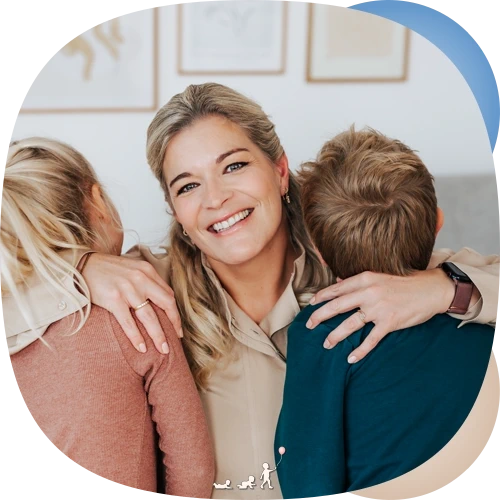
Educational background
I graduated as a Pphysical Therapist from the University of Aarhus in Denmark in January 2007. During my first 10 years as a Clinical Physical Therapist, I have completed a number of courses in manual therapy, sports Physical Therapy, dynamic stability and MDT (Mckenzie neck and back method).
Since 2016, I have focused on national and international courses in Pediatric Physical Therapy. I have completed courses offered by the Danish Pediatric Society for Physical Therapy, including diagnostics courses and various courses in Manual Therapy for infants and children. I also completed a course in Pediatric Dynamic Neuromuscular Stabilization (DNS), which provided a valuable link between dynamic stability for adults and its application to babies and children.
Much of my education was and is self-study, as I find it difficult to find advanced level Pediatric Physical Therapy courses. In fact, I have found a very effective way to use my Instagram profile for this self-study. I posted my first modest update in March 2020, during the first days of COVID-19. As my number of followers grew, so did the number of questions in my inbox. My followers were generous with the topics they wanted me to cover, and when in doubt, I turned to search engines and found top-notch research that could give me the answers I needed.
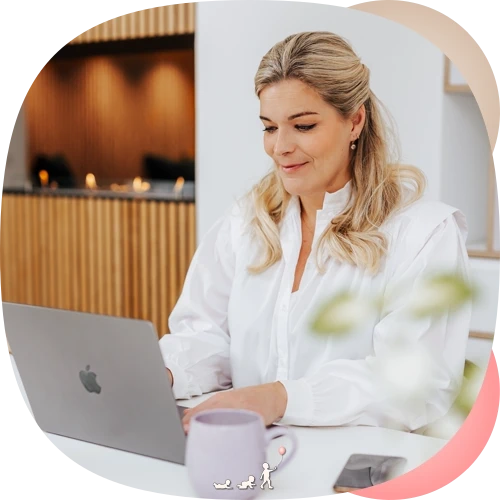
Evidence-based Physical Therapy
To me, evidence-based treatment means that the treatment your child receives from me is consistent with the treatment provided by the public health system. (Note that Denmark has arguably one of the best health care systems in the world, and it is government-run). It is very important to me that my professionalism and the advice I give to parents is evidence based and in line with best practice in Denmark. You will not find alternative treatments. This may have its justification, but it is not my practice, as I believe that I have a responsibility as a licensed Physical Therapist to be able to substantiate my practice professionally.
The same applies to my Instagram. I promised myself that before posting anything and before answering my followers’ questions, I would dig deep into the research and find evidence-based approaches and only share knowledge that is in line with what is considered best practice in Denmark and always in accordance with the recommendations of the Danish Health Authority.
To accomplish both, I keep myself up to date with the latest evidence and participate in the annual meetings and various professional forums of the Danish Society for Pediatric Physical Therapy.


